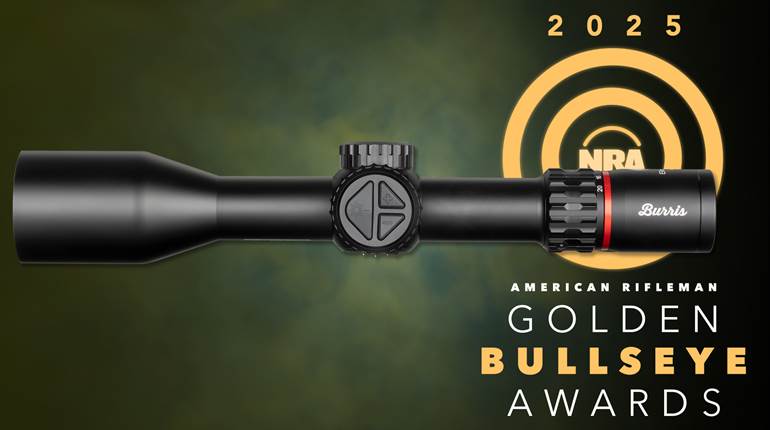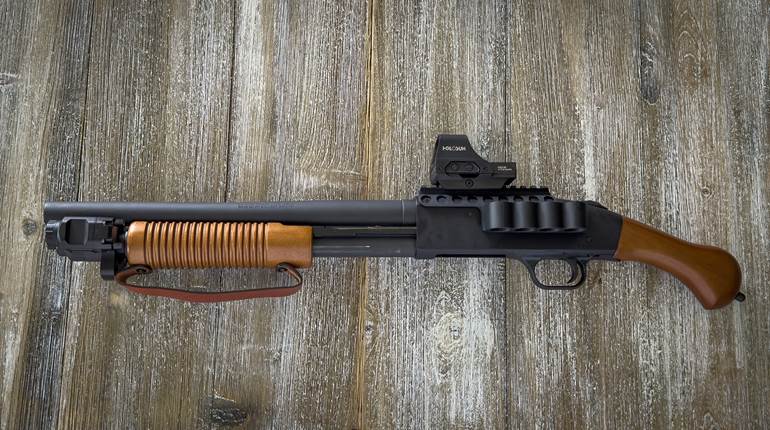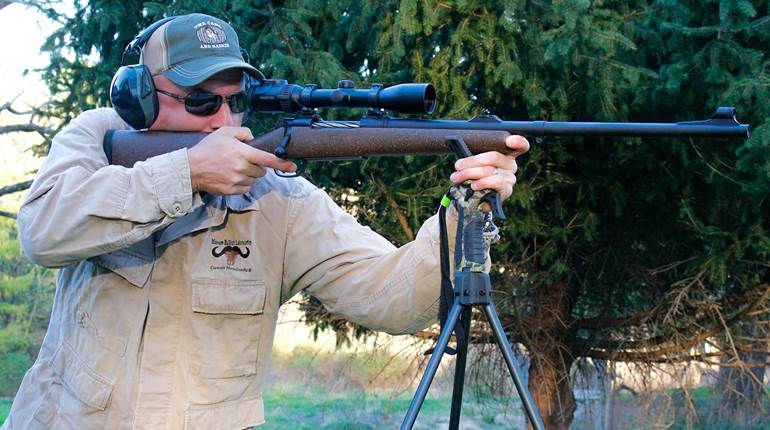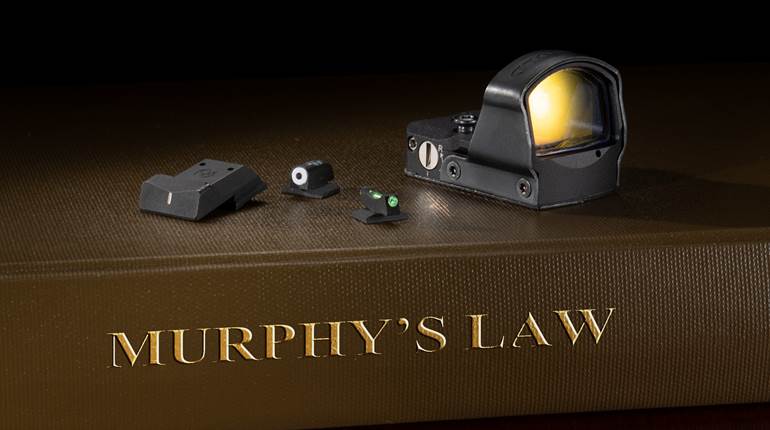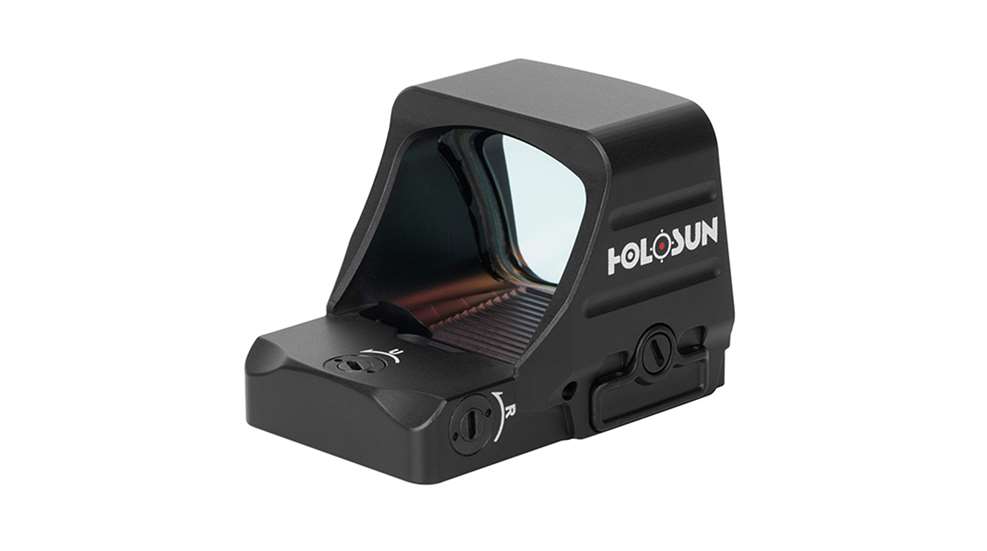
There are rapid advancements happening in the pistol-mounted optic world, with new models seeming to hit the market weekly. One of the more anticipated is Holosun’s 507 Comp model. With an RMR footprint featuring a large window and open emitter design, the 507 Comp optic is aimed at performance-minded recreational and competition shooters. I was able to use a test sample of the new 507 Comp for training, teaching and competition. This latest Holosun boasts a very favorable window size, updated red or green LED reticles and, despite its large window, offers up a compact overall form factor.
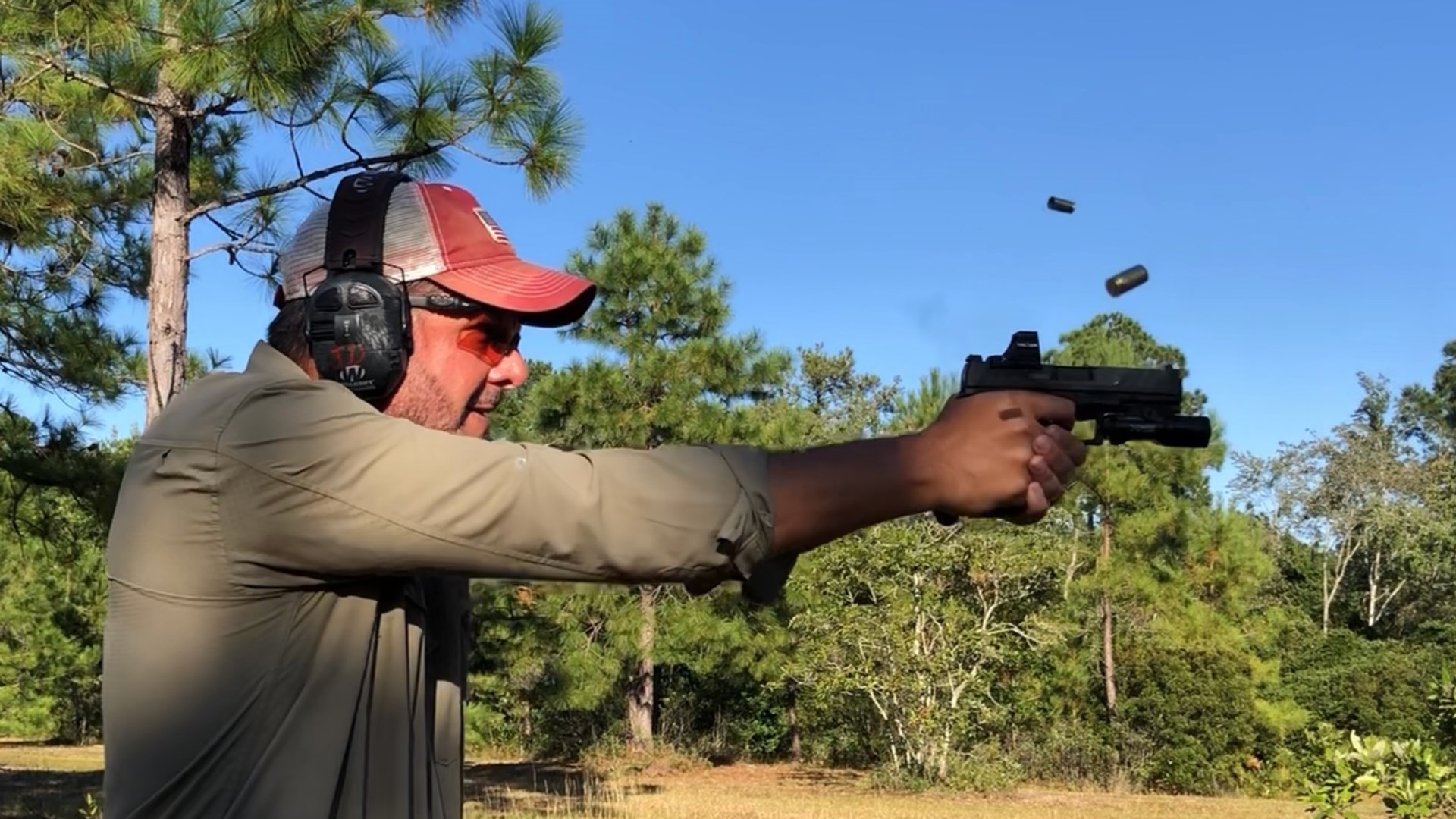
I mounted the 507 Comp on my Walther PDP Full Size 4.5, which is one of the most accurate pistols I have. I was training up to try my hand at NRA Action Pistol after many years of wanting to and thought that the competition optic and almost magical accuracy of that particular pistol would come in handy for the demanding strings of the Action Pistol courses of fire. One of the guns I use for firearm instruction is a twin PDP with the standard Holosun 507C mounted, so I was able to get a nice side-by-side comparison of the two optics.
The Comp model window is large and favorable at 1.1"x0.87". In instances where a shooter might have a slightly off grasp on the pistol, or has brought the pistol to the line of sight ever so slightly out of alignment, the large screen of the new Holosun dramatically raises the odds of there being a flash of dot visible. The optic boasts just under a square inch of window, a 67 percent increase from the 0.57 sq.-in. of the popular 507C model. This feature, along with the attractive price point, will ensure that the 507 Comp is a strong competitor in a crowded field. The new dot pattern options are a bonus.
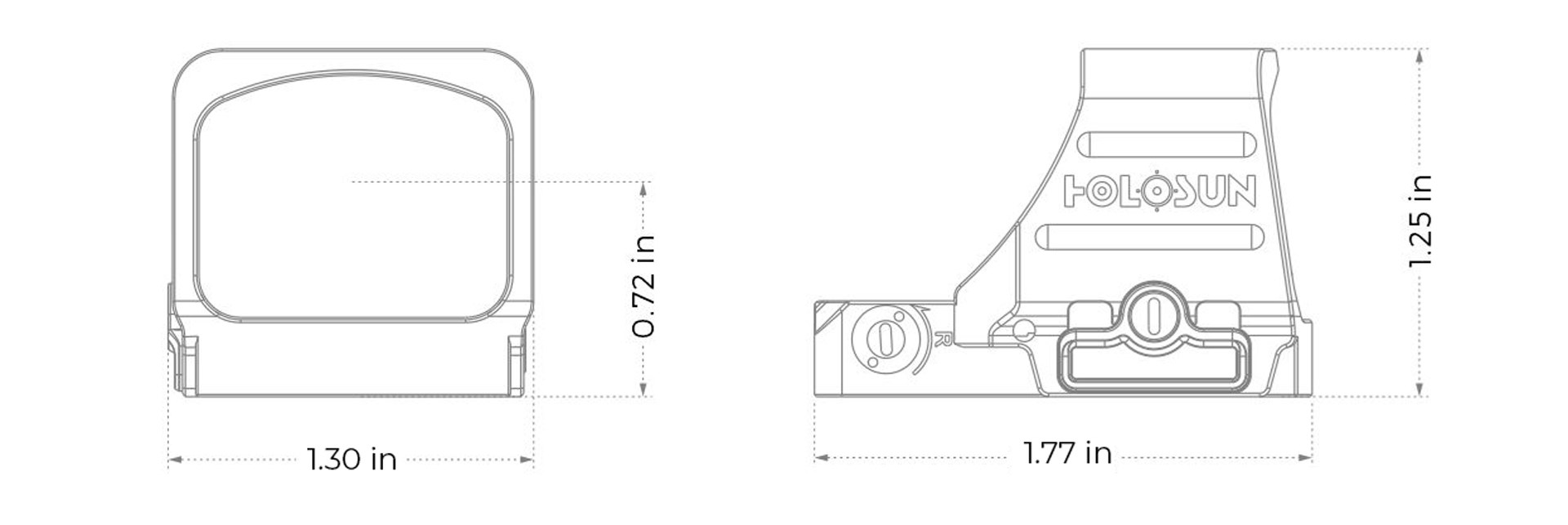
At the time I write this, there are five dot patterns among the eight options selectable by the shooter that are unique to this model. The other three are familiar from those available on other Holosun or competitors’ models. The new options are a 20-m.o.a. ring and an 8-m.o.a. ring, and then the shooter can choose to have those rings stand alone or combine them with the 2-m.o.a. center dot. There is a 32-m.o.a. ring option and a 2-m.o.a. dot option as well. I spent most of my shooting using either the open 20-m.o.a. ring or the 2-m.o.a. dot surrounded by the 8-m.o.a. ring.
The shooter can select the preferred dot from among the eight choices by cycling through them via the rear adjustment button. It is simple enough that one could conceivably switch the dot based on a string of fire, competition stage etc., to match the most appropriate sight picture. Most shooters will likely experiment with several and then largely stick to their preferred. I found no point-of-impact change when shifting between the options.
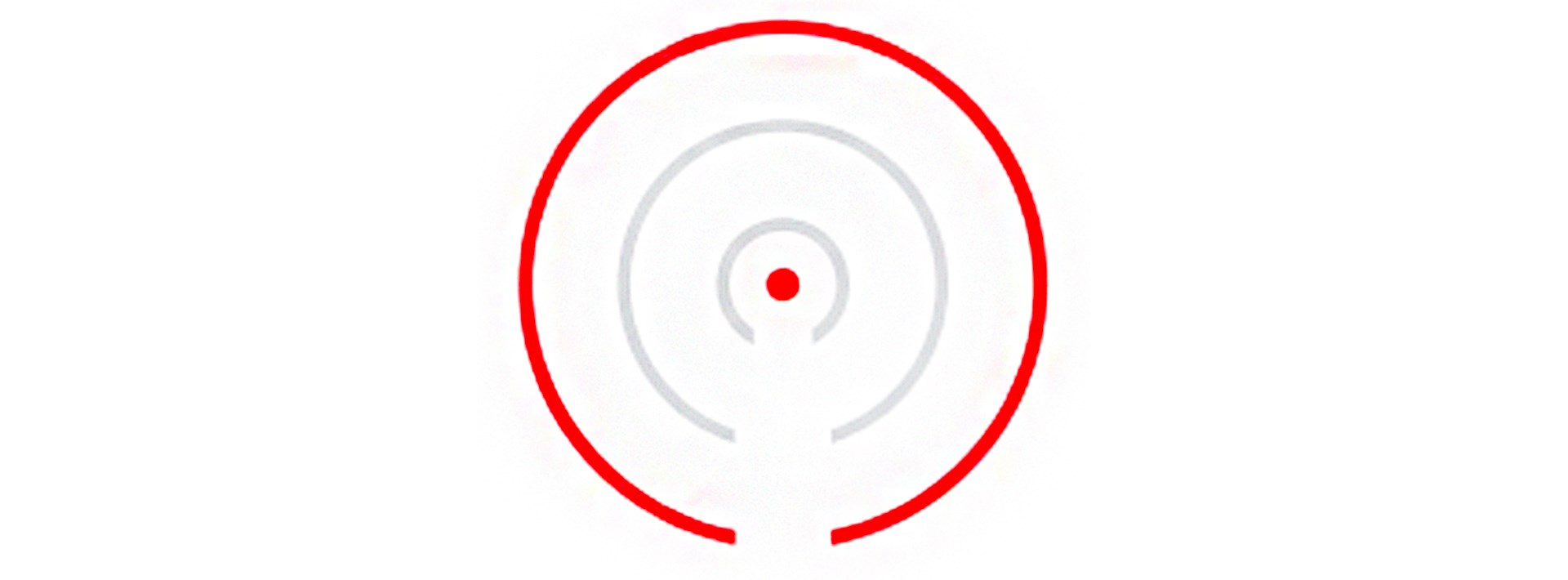 The 507 Comp’s new dot patterns allowed for greater accuracy, and the optic retained zero through months of testing.
The 507 Comp’s new dot patterns allowed for greater accuracy, and the optic retained zero through months of testing.
With each of the 8- and 20-m.o.a. rings, there is a slight break in the circle at 6 o’clock. To my eye, it still registers as a ring more than a horseshoe. The 20-m.o.a. ring is a very favorable size. It is large enough to track boldly as the shooter is confirming where the ring is both in acquisition and recoil while being small enough to precisely ‘circle’ any practical target within about 35 yards. For reference, the black bullseye of an NRA B8 25-yard target is roughly 5.5", and the Holosun’s reticle is close to 5" at that distance. It was precise to ‘circle’ the bullseye with the open ring while focusing my vision on the target center’s ‘X’ and reliably get hits in the 10 ring with my Walther.
Ditto placing the red ring inside a steel plate on the plate rack, aligning circle within circle. What I most like about the open ring is how I was able to aggressively focus on the target, more specifically the exact spot or area on the target I wanted to hit, and the ring was close enough within my field of view that I felt confident while not competing for visual attention the way a bright dot in the focal center can.
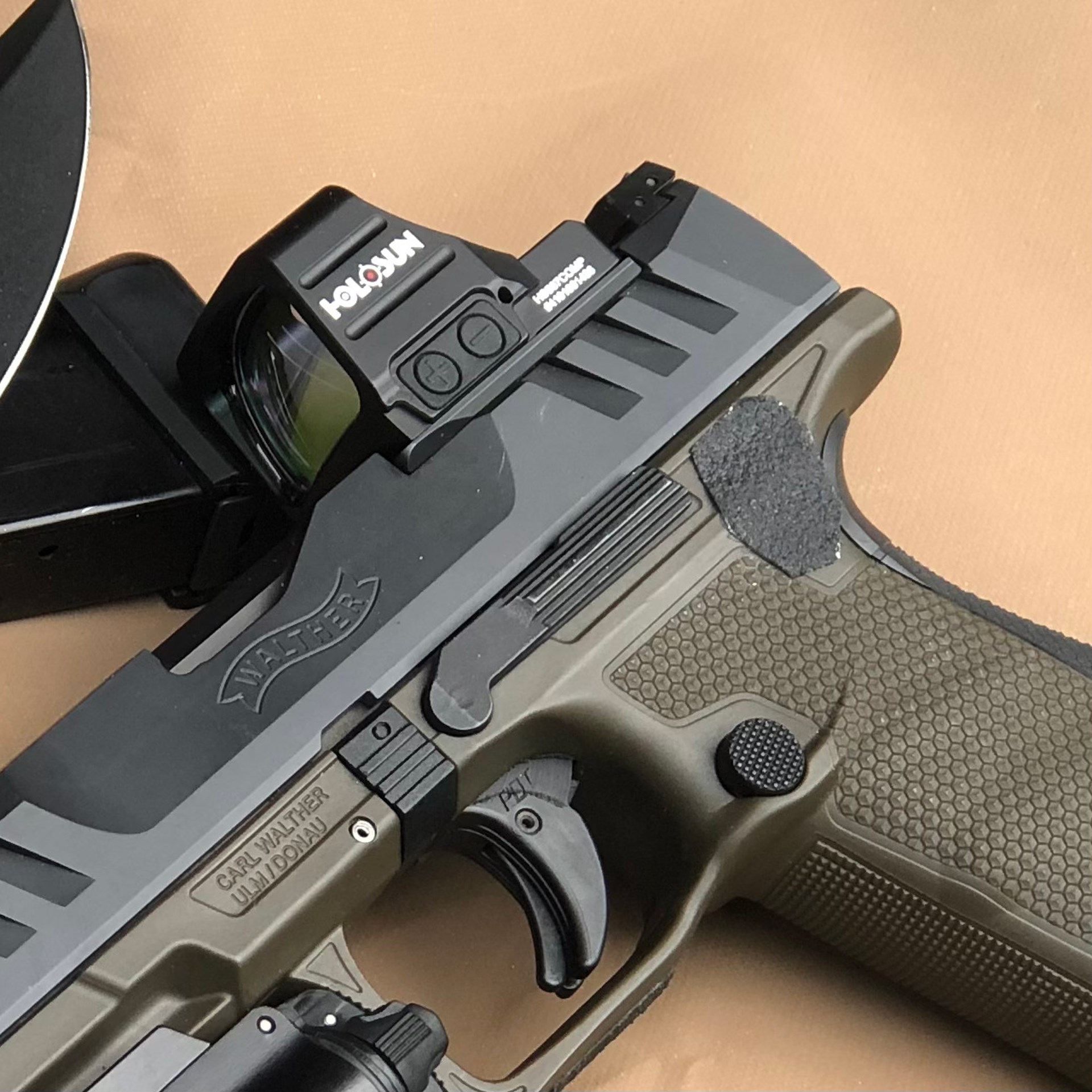 The 507 Comp presents a compact form factor relative to its large window.
The 507 Comp presents a compact form factor relative to its large window.
I found an unexpected benefit from the 20-m.o.a. ring. That ring is a fair representation of the demarcation where a target goes from high confidence to carefully deliberate for me. If the ring was surrounded by plenty of acceptable target I had the visual cue allowing maximum aggression in breaking the shot. Where the ring was only gently surrounded by steel plate, black X-ring, etc., I had the reminder that I could be aggressively deliberate; still a shot I expected to make, but I needed to mind the execution somewhat more carefully. And where the target was well inside the red ring, I had the visual reminder to put maximum deliberation into the shot to ensure a hit.
One other feature I found on the 20-m.o.a. ring is that, with some loads, I was able to use the 6-o'clock "break" in the ring as a precise aiming point at 100 yards and have the rounds ringing steel in a cluster right around that hold. For those that like to stretch out their pistols on long-range steel or targets of opportunity, the ring gives a roughly 100-yard "hold" much like the BDC reticles in some riflescopes.
![]() Holosun 507 Comp (l.) with the optic plate aligned with the plate on the LTT RDO wearing the popular Trijicon SRO. The 507 Comp’s large window and low mounting height are both key features.
Holosun 507 Comp (l.) with the optic plate aligned with the plate on the LTT RDO wearing the popular Trijicon SRO. The 507 Comp’s large window and low mounting height are both key features.
With models prior to the new 507, the shooter was forced to choose between two camps; the big(ger) dot gang and the small-dot boys, with about 3.5 m.o.a. and smaller being the dividing line. Each approach has strengths and weaknesses (and vocal advocates/attackers). Trijicon and others acknowledge the debate by offering two options, a large-dot model and a small-dot model. I’ve happily been a small-dot guy because I value precision over easier acquisition. The 8- and 2-m.o.a. combo is a hybrid approach of which somewhat splits the difference. There is still 8 minutes’ worth of ‘dot’ to rapidly track/place, but the gap between the center dot and the outer ring allows the shooter to confirm placement more precisely on smaller targets. There is also less ‘red’ blooming toward the shooter at medium intensities than a larger solid dot, which I liked. Visually the 8/2 combo is similar in size to a pistol front sight’s white dot, tritium ring or fiber-optic pipe, which my eye is already well accustomed to seeing and tracking.
Window size and shape is a balancing act. Shooters want as large a window as they can get, but they also don't want the optic to interfere with holsters or obstruct ejection of fired cases. The Holosun 507 Comp window is generous by any measure. I regularly found myself being able to break shots as the dot would appear on the target in the upper most region of the glass. With any other optic, the dot would be "out of the window," causing me to have to wait for the pistol to settle more or align it more carefully. The window was also clear through nearly all of its surface. At the very edges, there is mild distortion as one might expect, but not to the point of distraction.
![]()
With a window this large, parallax can begin to be a concern. A friend tested his 507 Comp and found some impact shift at 50 yards when placing the dot in the extreme corners of the window. However, he is a high-master action-pistol competitor where hitting the 4" X-ring at 35 and 50 yards is important. I simply make a habit when the shot is difficult and past 20 yards to keep the dot near the center of the window to remove any of that concern.
The Comp model is built from a rugged 7075 aluminum housing. The optic is not intended to be a duty optic able to shrug off falls, hard knocks and outright abusive conditions. However, it is critical for a competition optic to hold zero through the types of bumps a match pistol often gets. To replicate this, I took the Walther PDP with optic and ‘bonked it’ against a door post firmly much as a holstered pistol occasionally catches on doorways or other environmental snags. I gave the pistol 15 good raps to either side.
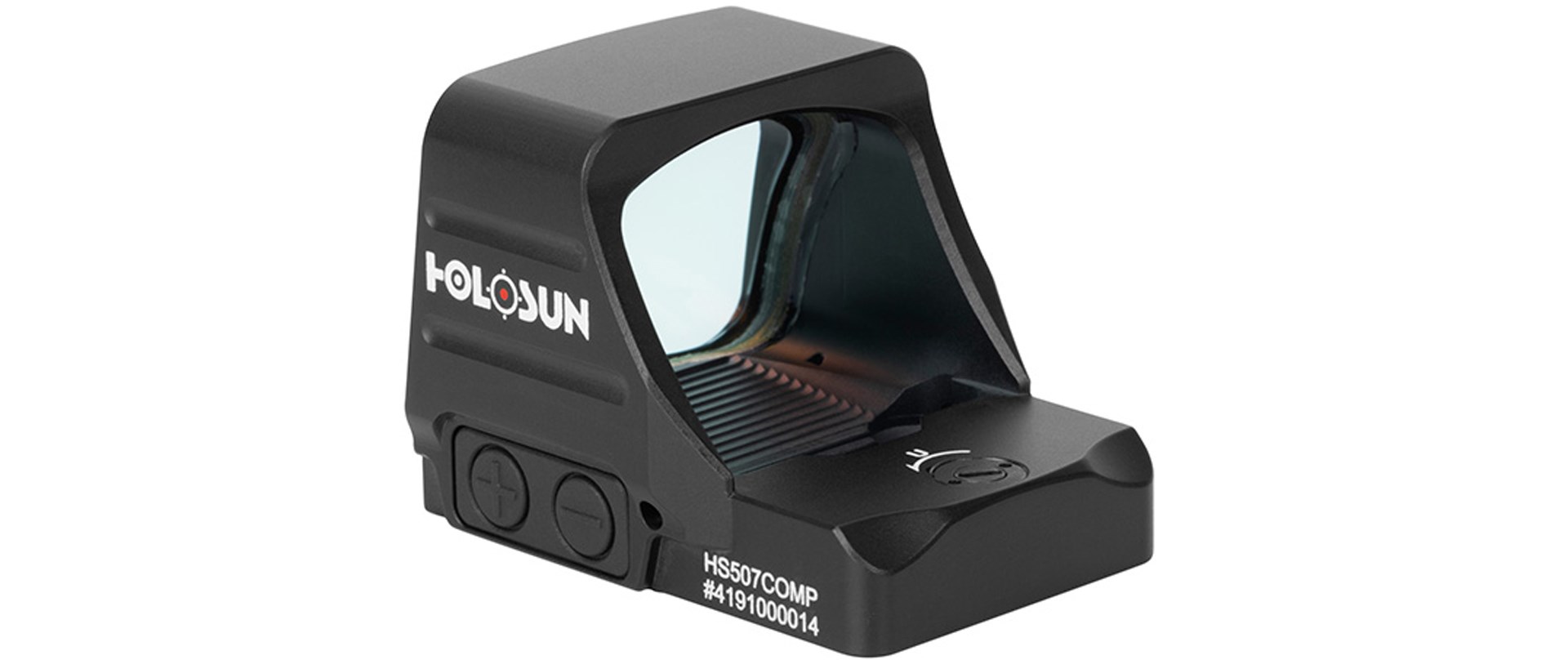
Next I cased the pistol/optic combo in a lightly padded cordura handgun pouch much like many competitors might use to stow or carry their pistol and dropped it from where my hand falls naturally at my side. I dropped it about a dozen times with the pistol stowed optic up in the case and another with the pistol stored optic down. Neither of these tests, nor the incidental bumps and knocks over months of use and about 3,000 rounds, affected zero in any way.
The Comp’s elevation and windage screws have slight tactile clicks at 1-m.o.a. intervals, allowing the shooter to precisely zero in 1/4" adjustments at 25 yards. There are +/- 30 m.o.a. of total adjustment available. Many small pistol optics have mushy adjustments and may or may not give precise intervals through the clicks, so I was pleased to find the clicks both discernible and consistent.
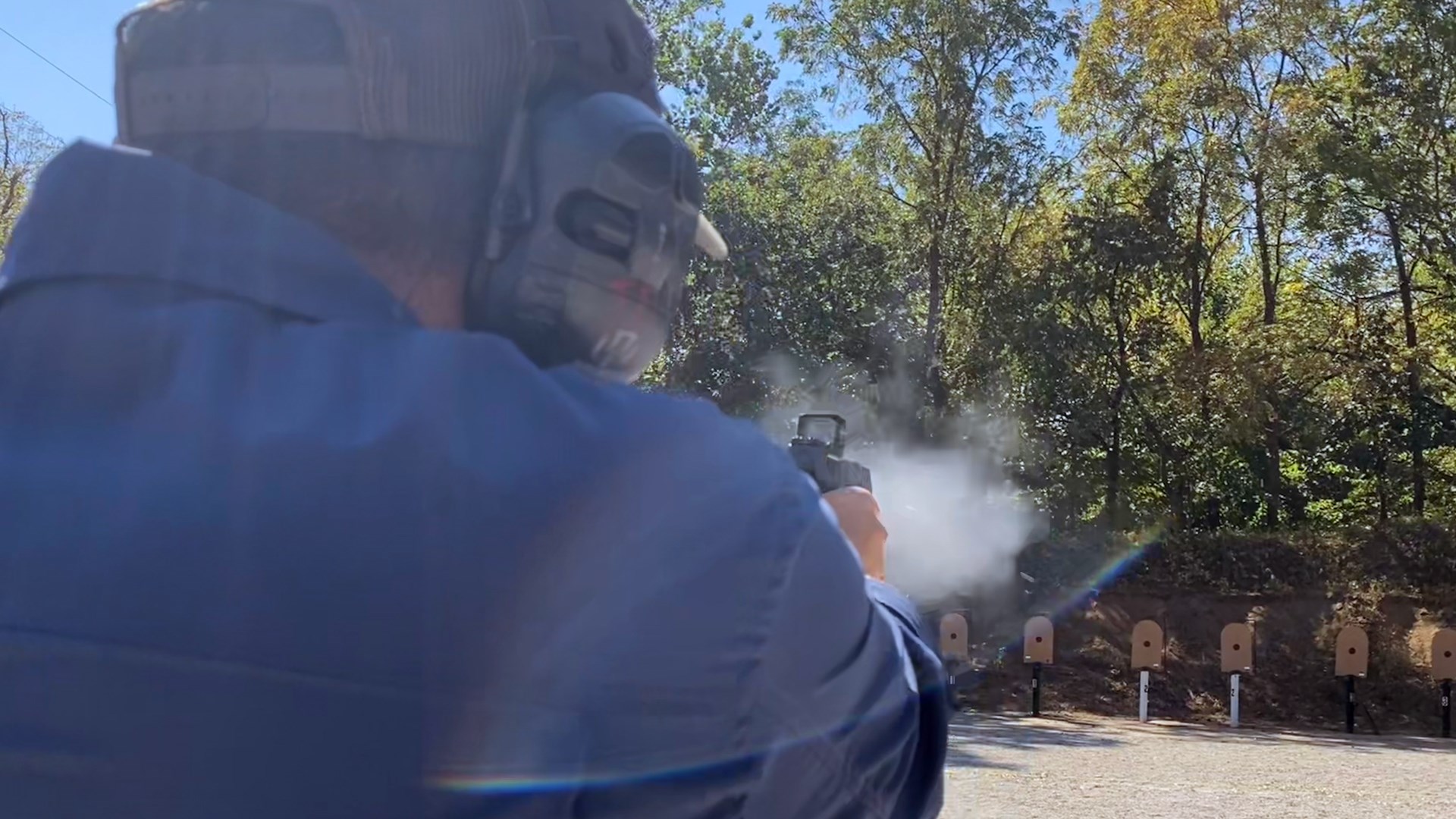 The large window on the 507 Comp helps in acquiring the dot and recovering it while also giving a large field of view downrange.
The large window on the 507 Comp helps in acquiring the dot and recovering it while also giving a large field of view downrange.
The Holosun is powered by a side-loading CR1632 battery. After 10 minutes of stillness, the dot powers off and has the shake-awake feature to extend battery life. The smallish battery allows the optic to have a rather thin base compared to some competitors. Many larger windowed optics have thick bases, which require the use of tall, suppressor-height, backup iron sights. The 507 Comp’s thin base gave me just enough of a peek at the tops of the low, stock PDP sights that I could make do with them in a pinch or to help confirm zero on the dot.
The Holosun is selectable between automatic or manual brightness settings. The auto-sensing adjustment was good for most situations, but I am picky about the intensity and amount of bloom, so I most often use manual adjustments in all optics. I found that the steps between intensity settings were just about right, where one or two clicks of the up/down arrow would get me to a level that was perfect for the target and lighting conditions. The intensity buttons are somewhat protected from accidental activation by how the optic window steps out, creating an "overhang" of sorts.
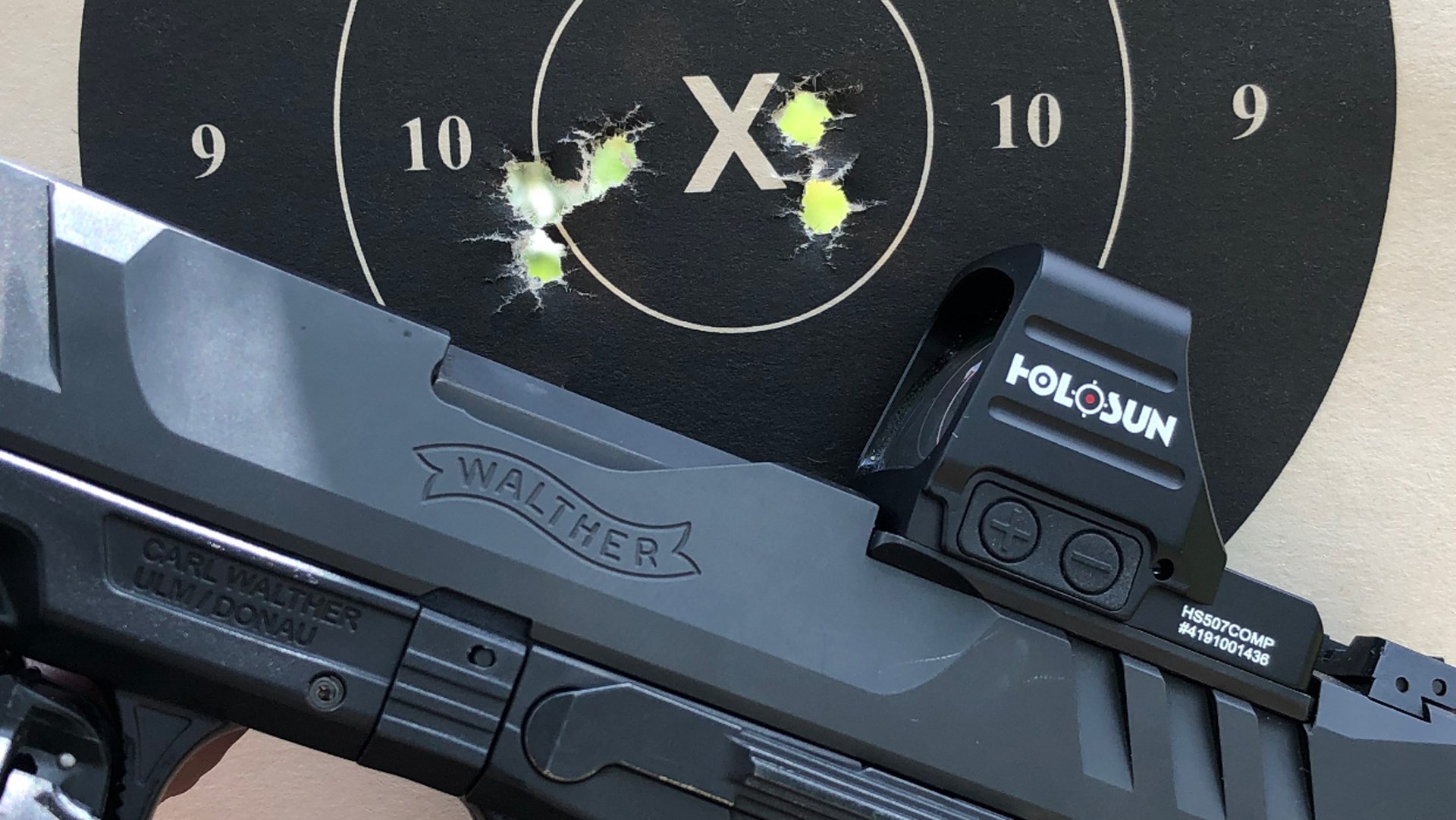
The one flaw I observed with the dot was that, in some indoor lighting and dot intensities, I would see almost a shadow image of the dot shimmering close to the actual dot. I first thought it might be astigmatism-related on my part, but others were able to notice this as well. It might be a concern if a shooter primarily shoots indoor matches with precise targets. In my many range trips outdoors and multiple competitions, I never noticed the shadow image at all, only during dry fire indoors at home.
The large window of the 507 Comp is comforting. I used the optic in two regional championships, and as match pressure and nerves worked on me, it was quite nice to draw the pistol and have that extra large window to work with. I suspect shooters will be tempted to see if they can make it work in duty and concealed-carry roles, whether it is intended for those or not. I know some shooters have found the optic just a little too wide for full concealment, causing some printing with their clothes and carry setups. Others will accept the mild printing because the window size is a little addicting. My 507 Comp fits in my ALS Safariland duty-style holster for the PDP, with the optic cover hood removed, but that may be a case-by-case test fit across pistol models.












